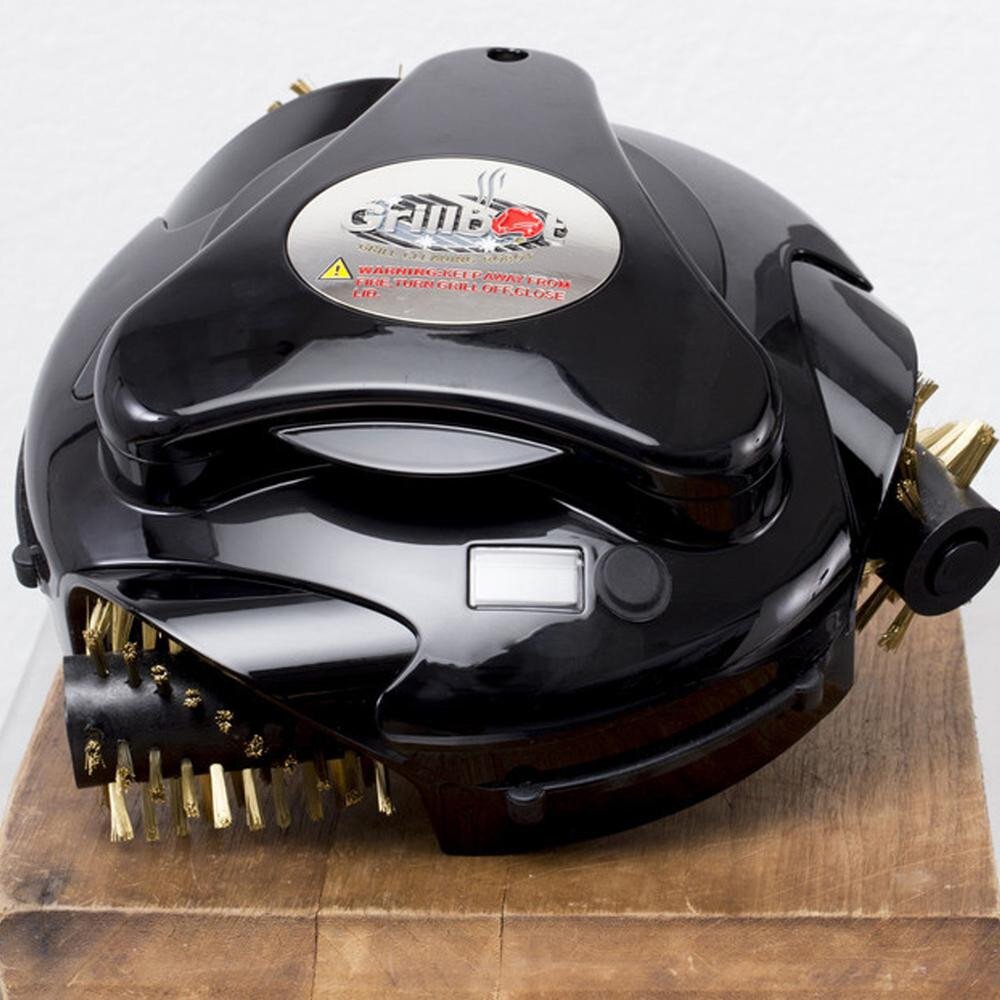
Car swiveltrays can be both stylish and practical, keeping all your car essentials within reach. The swivel tray pivots in between the driver/passenger and has nine pockets to hold your most essential items. You can also use a PU leather backseat organiser to organize your belongings. This organizer is approximately 26" x 18, and it fits most vehicles. It protects the back seat from scratches.
Luno Air Mattress
The Luno Air Mattress, a camping accessory for cars, inflates quickly. Its patent-pending design uses the back of the seat as a box spring to inflate the mattress. Extra inflatable cubes are included for the rear seat floorboard. It can be inflated and deflated in less than 30 seconds. Once you are ready to pack it, flip the valve to deflate it and roll it in a handy tote bag.
Igloo road trip cooler
Igloo is a USA-based manufacturer of high-quality and durable coolers since 1969. This cooler is easy to transport thanks to its swing-up handle and 2 molded handles. There is ample storage space with the 28-quart capacity. This cooler doesn't require ice and has an 8-inch power cord. The cooler's unique design maximizes the interior space for maximum cooling power.

Hook for Ipely Headrest Hanger
A IPELY Headrest Hook Hook will transform your backrest into more storage space. It's extremely strong and keeps your belongings safe from rolling on the seat. To keep your belongings organized on the road, you can attach anything from your purse or baby supplies. You don't even need to take apart your headrest in order to install it. What's more, you don't have to worry about damaging the headrest when installing it, either.
Drive Auto Products Car Trash Can
The Drive Auto Products Car Trash Can is a useful travel accessory that can hold all of your junk, and also makes it easy to keep your drinks cold. It also doubles as a seat organizer and trash can. It has a capacity of 2.0 gallons and two storage compartments on its side. It is available in gray and black colors. Customers who purchased the black model said that it was perfect for game day cleanup.
Halmo's CARhandGEL portable stove
During the COVID-19 pandemic, Halmo's CARhandGgel portable sanitizing gel is the perfect road trip accessory. This portable gel dispenser has been created specifically for car cup holders. By purchasing custom-branded products, you can create your own gel dispenser for your car. You can also order a personalized sanitizing spray to use on your car.
Power inverter
Most power inverters can only last for a certain amount of time. However, some models have a reserve capability that allows the battery to last longer if the battery is used less than 50%. The battery reserve capacity measures the capacity of a cell when it is at 60 to 75 degrees Fahrenheit. Lower temperatures can cause batteries to drain faster. You can avoid a dead power inverter battery by fully charging it before using it.

Portable EV charger
A portable EV charger can be used to power your vehicle while you're driving. Knowing which plug type to use is the first step to using a portable EV charging device. Type 1 and 2 are the most commonly used plugs. While some EVs come with the latter, it's not a necessity. The type 1 charger is capable of working in almost all situations. However, the plug socket used on a charging station is different from a Type 2 charger. Avoid this issue by using a portable Type 2 EV charger.
Portable solar panel
A solar panel portable can be a useful accessory for travelers. It can be attached to a solar port on a camping trailer or installed on a car roof. These solar panels are not only very efficient, but also cost a lot. There are several different types of portable solar panels on the market. Some panels come with batteries chargers while others don't. These are the most popular models.
FAQ
What length is an automotive mechanic apprenticeship?
A three-year apprenticeship in automotive mechanics takes. This includes two years in school and two as an apprentice. The first year is used to learn all aspects of the trade including safety procedures and theory. You'll also learn how tools can be used safely and efficiently during this year. After you have completed the first year of training, you will be able to spend an additional year on-the job learning different trades. These are also the times you can attend formal courses.
The final year is dedicated to earning certifications and qualifications in the field. These include NVQs, which are obtained after passing industry-specific exams. Additionally, HNCs are Higher National Certificates that cover general subjects such management, customer service, and business administration. City & Guilds certificates offer qualifications in certain trades.
Is it hard being a mechanic apprentice
It's not easy, but you learn fast, and there are many opportunities for advancement.
You must be patient and persistent. You will also need to be able fix cars, trucks and motorcycles.
Customers and family members can put a lot pressure on you. They want you to succeed. But you should never feel pressured into making decisions you aren't comfortable with.
If you like fixing cars, this could be a great career option. This job allows you to make a decent wage and build up your company.
But, you might prefer a different path. In this case, you could consider becoming a technician instead.
This involves using your technical expertise to support other workers. Technical support could include helping technicians to troubleshoot issues or teaching them new techniques.
Another option is to be a service advisor. As a service advisor, you will provide assistance and advice to customers as they bring their car to a garage.
Your decision depends on what you want to do. There are many choices available and you can choose what suits you best.
How long is an automotive course?
An automotive course lasts 3 years.
The first year is spent learning about cars and theory. The second year is spent on practical training where you learn how to drive, fix engines, and do other mechanical jobs around the car. The last year is spent at a local shop, where you will get practical experience with real-world problems.
Is it worthwhile to become a mechanic?
The answer to that question depends on what your life purpose is. If you're looking for money, then it's true. But, if there are meaning and purpose in your life, then it's not.
If you don’t have any mechanical skills, it’s pointless to get into it. It will just waste your time. It's not going to make you rich. You won't become famous. It is unlikely that you will be made famous.
You'd have to spend years learning how things work. Then you'd still have to pay someone else to fix your car when it breaks down. It's the reason most people don't bother. They find something else to do.
In conclusion, if money is your main goal, you should go ahead. You can't live a meaningful existence if your goal is to make a living in the mechanic's business.
Are you looking for a career as an automotive mechanic?
Automotive is an exciting industry filled with opportunities for people who are committed to excellence. The best way to succeed in this field is by working hard and learning as much as possible from others.
Because you will be spending most of your time communicating with customers and employees, you will need excellent communication skills. You must also be willing and able to travel long distances, which can make it difficult to commute.
Take classes at community colleges or universities if you're interested to work in automotive. Many schools offer programs for students who are interested to learn about auto sales, customer service, or repair.
If you decide to pursue a degree, you should study mechanical engineering. You can get your bachelor's degree in as little as four years.
Many companies will also hire graduates right out of school. So it's wise to start looking for employment while you still have the chance to study part-time.
After you complete your education, you may need to undergo some type of training before you can become an automotive technician.
This means that you will need to pass tests such as the Automotive Excellence (ASE) certification exam. This test covers topics including engine maintenance, brakes, steering systems, suspension, and more.
Once you have passed the ASE Test, you are eligible to apply for a National Institute for Automotive Service Excellence License.
A license allows you to perform repairs on vehicles owned by private individuals. In exchange, you'll receive compensation based on the number of services performed.
Not all states require licensing. However, if you plan to work outside your home state, you'll need to obtain a license.
Some states don’t issue licenses until a certain amount has been completed. This could be you.
How can I prepare to become a mechanic apprentice?
Understanding what you're getting into is crucial. Understanding the mechanics and working of cars is essential. This way, you know where to start when you go on your first day at the garage.
You should also know how to fix common problems such as tires or broken lights.
This should help you learn how to diagnose issues and repair them yourself.
To put the pieces back together, you will also need to understand how they fit together.
Finally, it is important to know how tools can be used safely and efficiently.
All of these factors will allow you to become a skilled mechanic.
Statistics
- There were 749,900 jobs available for automotive service technicians and mechanics in 2016, which is expected to grow by six percent through 2026. (jobhero.com)
- Apprentice mechanics earn significantly less hourly than mechanics who have completed training, with a median wage of approximately $14.50 an hour, according to PayScale. (jobhero.com)
- According to the BLS, total auto technician employment is expected to exceed 705,000 by 2030. (uti.edu)
External Links
How To
How to properly diagnose your vehicle for repair
To determine if your car needs repairs, you should first look at the symptoms that your car presents. Follow these steps to properly diagnose your vehicle.
-
Check engine lights. Inspect the dashboard light indicators. These include the engine lights, the oil pressure gauge and the battery light indicators. The RPM gauge and coolant temperature gauge should also be checked. It could indicate that your vehicle is having problems.
-
Examine the treads of the tires. If the tires are worn out, they could cause problems with handling and braking. You should also inspect the wheel treads. They should look clean and be smooth. You can do this by taking off the wheels. A flashlight can be used to check how worn the treads are.
-
You should always monitor the level brake fluid. You should always keep track of the amount of brake fluid in your vehicle. This will ensure your brakes function properly. If the brake fluid level is low, your brakes might fail when you apply pressure to them.
-
Check the suspension system. A suspension system is designed to absorb vibrations and shocks. It improves control and allows for smoother accelerations or decelerations. If your vehicle has a suspension problem, it might feel wobbly or shake uncontrollably. To test whether your vehicle has a suspension issue, try putting weight on the front or rear axle and observe the movement.
-
Examine the steering wheel. The steering columns are what connect the steering knob to the rest. Sometimes, steering columns are damaged by accidents. It is recommended to replace any steering column that feels loose, or shakey.
-
Pay close attention to the exhaust tube. Exhaust pipes help move gases from the combustion chamber to the atmosphere. You can let harmful fumes into your home if your exhaust pipes crack or leak. It is also important to repair any bends in your tailpipe immediately.
-
Look under the hood. To check for unusualities, look under the hood. There could be fluid leaking from your engine. If you smell something strange coming from your engine compartment you should call a professional technician.
-
Check the air filter. The outside environment can collect dust and other debris in your vehicle's air filters. Dirty air filters can cause your vehicle to run poorly. Replace your air filter regularly.
-
Check the fan belt. The fan belt that connects your vehicle to the transmission is called the engine fan belt. The engine will not turn if the fan belt breaks. It is very easy to replace your belt. You only need a screwdriver or pliers to replace your belt.
-
Check the radiator hose and hoses. The radiatorhose carries water from your radiator to the engine. It can crack or become damaged and leak hot liquid onto an engine. Repairing the hose is easy with a pair of needlenose pliers or a small wire brush.
-
You should inspect the windshield wipers. Windshield wipers use electricity to remove snow and rain. If they stop working, they could leave streaks on your window glass. Change the washer fluid to fix the problem.
-
Check the battery cables. Your car's electrical system is powered by batteries. Before you change batteries, disconnect the positive cable. Failure to do so can damage your alternator.
-
You should check the headlights. Headlights help you see the road ahead. Bad visibility can be caused by headlights that don't work correctly. You can check the bulbs to make sure they aren't burned out.
-
Check the lights. If you approach other drivers at night, lights will warn them. You may be distracted by the light and end up in an accident.
-
Check your brakes. Brakes slow down your vehicle before a collision. If the brakes fail to work correctly, your car could lose control and collide with another vehicle.
-
Make sure to change the oil. The oil keeps your engine well lubricated. It protects metal parts and prevents them from wearing too quickly. Changing the oil every month is recommended.